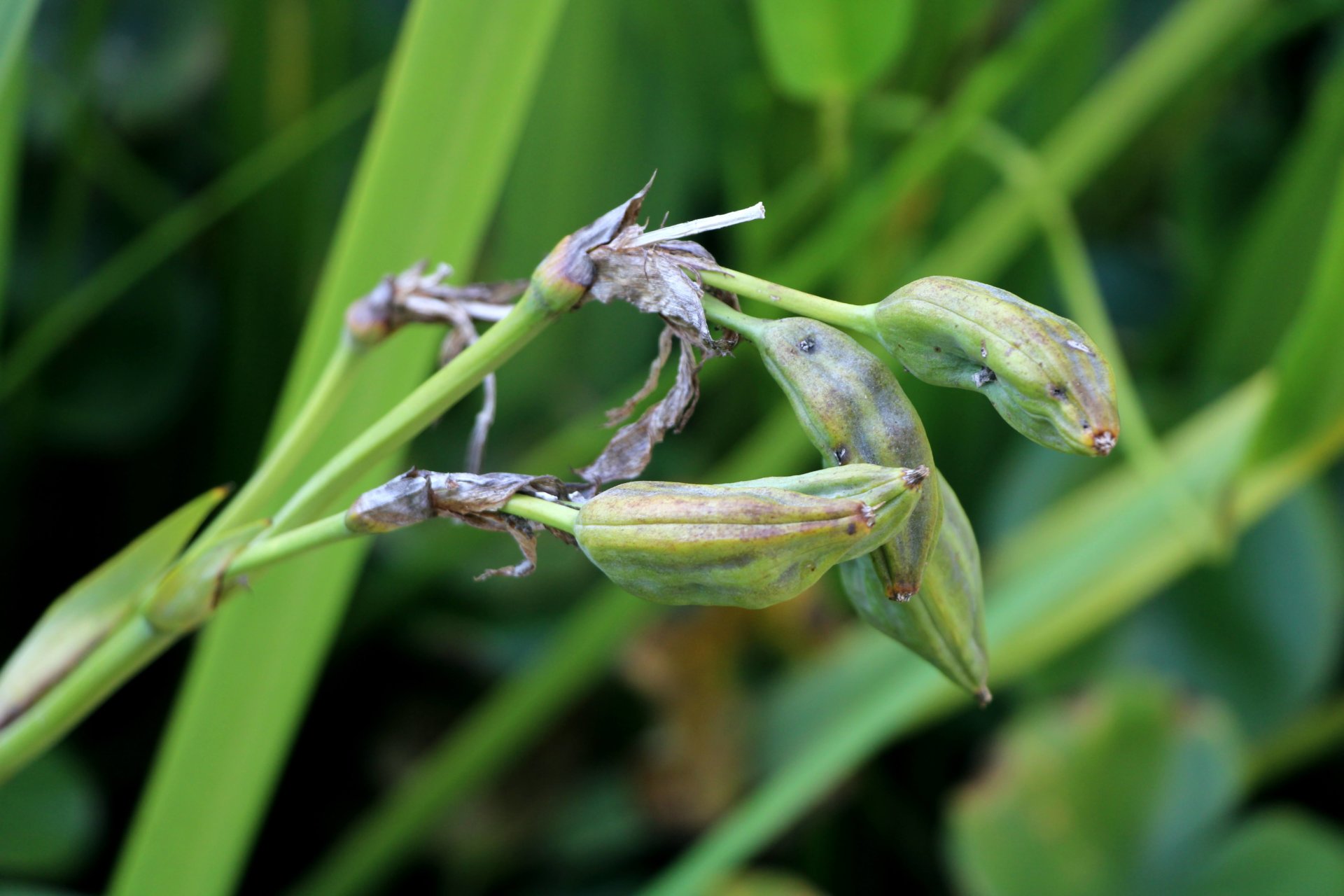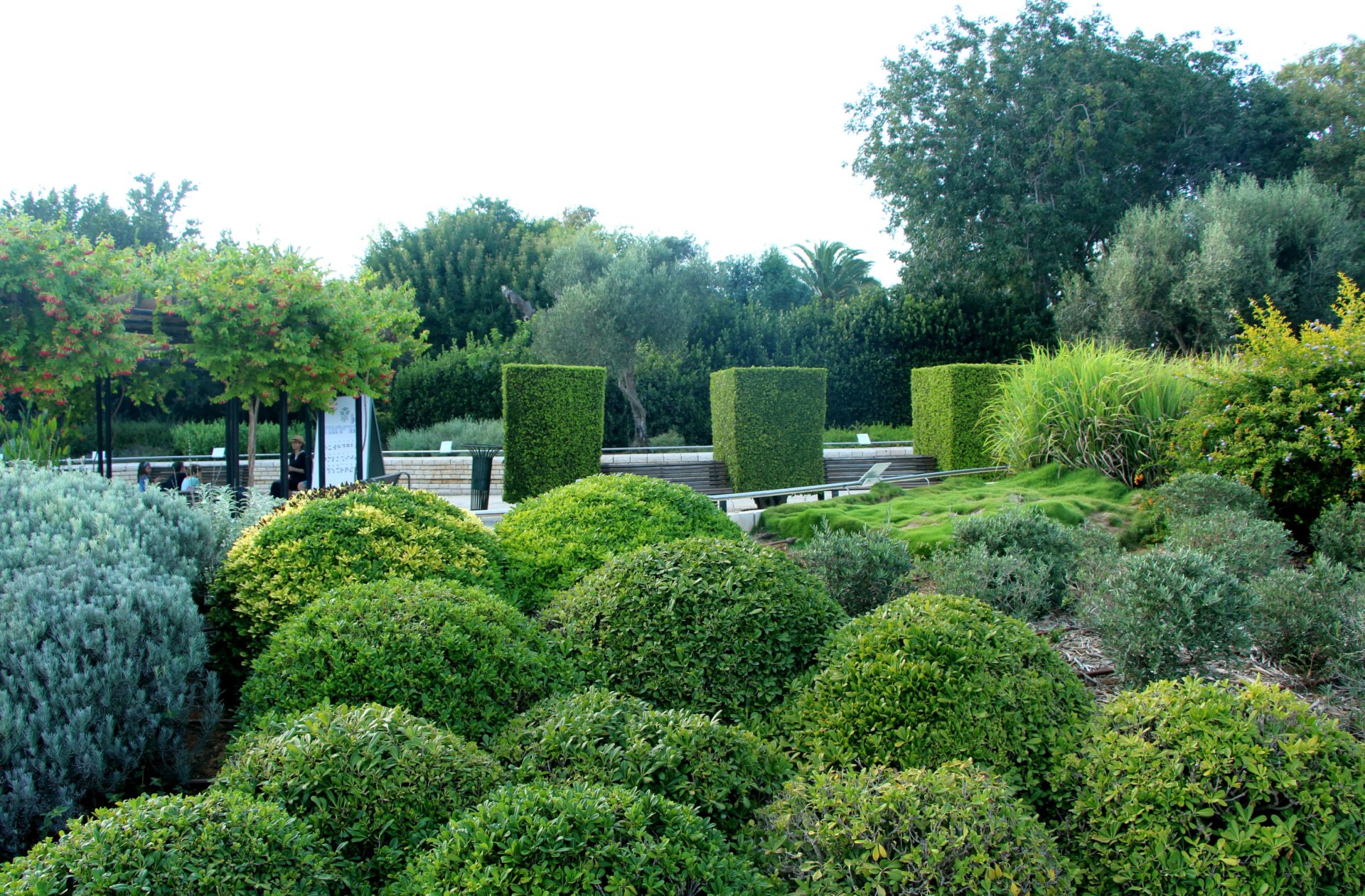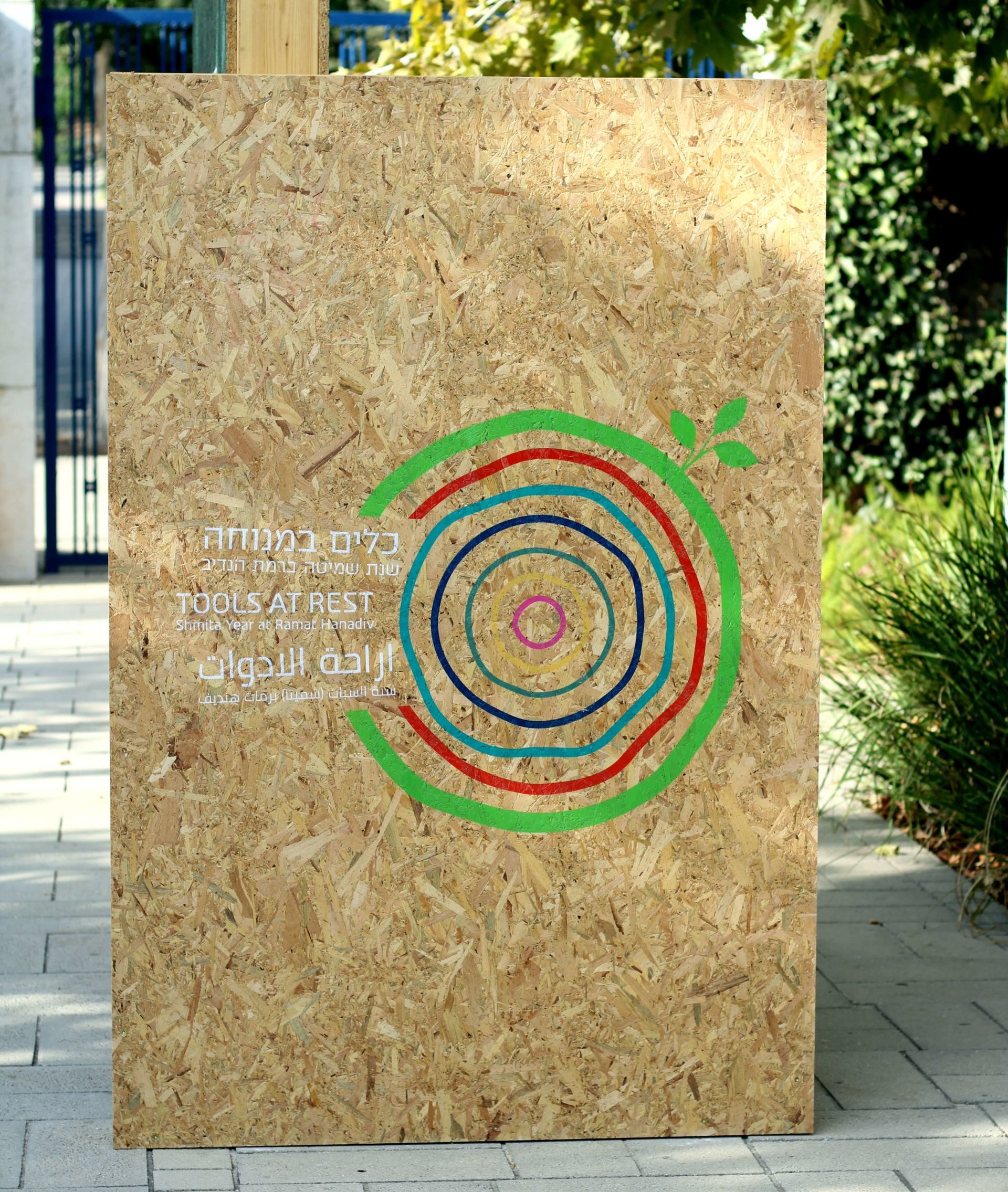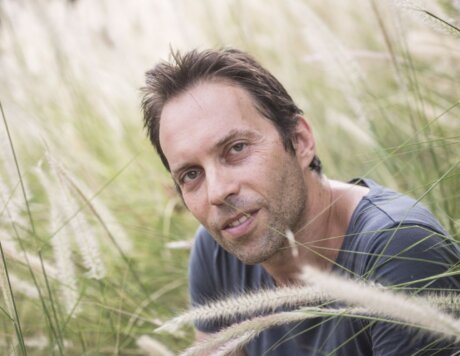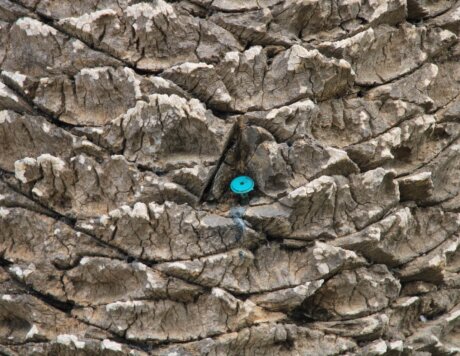How will the Shmita year look at Ramat Hanadiv?
The staff of the Memorial Gardens and the Nature Park will perform a range of maintenance activities: pruning, gathering, preventing fires, cleaning the gardens and the park and maintaining the trails, as well as new activities made possible by the Shmita year, such as workshops and personal and professional development training courses, which give strength for renewal and rejuvenation, within the frameworks of the Memorial Gardens and the Nature Park.
A special course, “Tools at Rest”, includes seven stations representing values that we can experience and try out by ourselves during “Shmita”: to wish a request/blessing – at the unique wishing tree, to relax and practice breathing exercises in one of the most beautiful natural locations in the country, to share – to learn about the power of sharing and equality through the rules of Shmita, to give up – to look inwards and choose what we’re prepared to give up on in order to more meaningfully protect the environment, to listen – to stop and listen to nature and to ourselves, to appreciate – to be thankful for the good in our lives, and to be renewed – in the unique breeding box for songbirds which itself serves as an excellent example of reuse.
The many people visiting Ramat Hanadiv will benefit from an ecological-philosophical, environmental, and social journey that they will leave feeling calmer and equipped with tools for their personal Shmita and for meaningful environmental activity.


